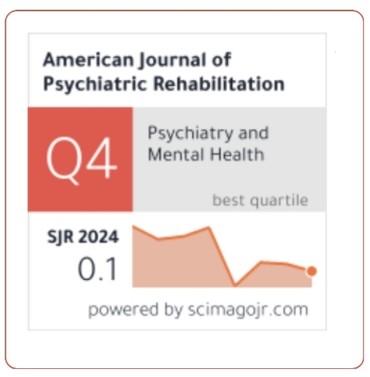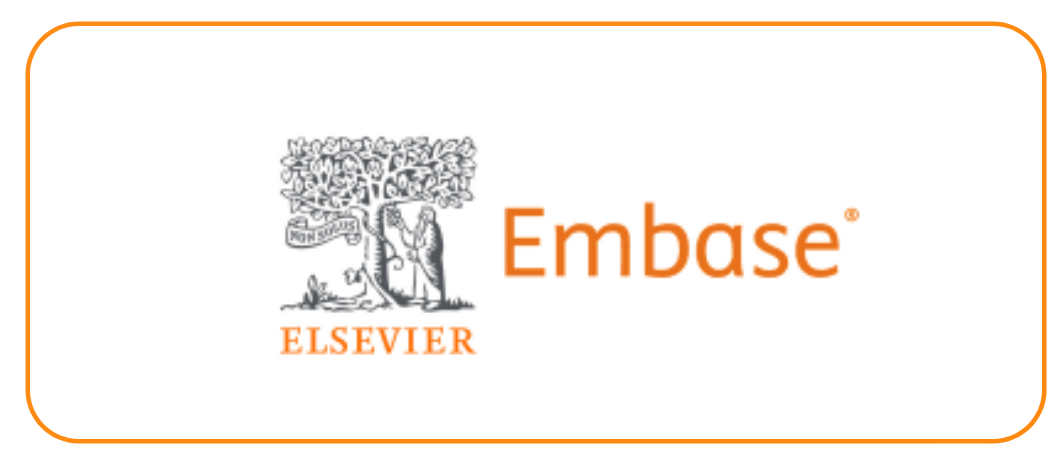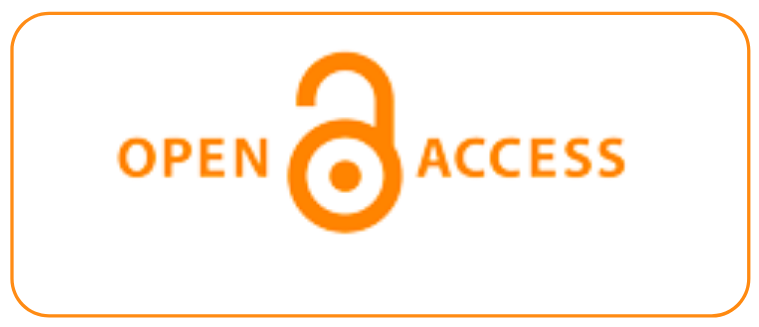Machine Learning Based Classification on Factors Used for Identifying Competency Gap In Engineering Students In Thanjavur District
DOI:
https://doi.org/10.69980/ajpr.v28i1.81Keywords:
Machine Learning, Skill acquisition, informal learning, skill enhancement, revolutionAbstract
The quantity of graduates generated annually by education institutions is on the rise. The prediction of graduates' employability is of significant importance to industries as it facilitates effective talent acquisition and use. Additionally, it assists students in recognizing the qualifications and abilities they need to enhance prior to completing their degrees in order to secure desired employment opportunities. During the current era of the Digital Revolution, there is a notable occurrence of informal learning with skill development taking place in an unrestricted manner. However, a significant challenge is in effectively connecting and aligning these acquired knowledge and skills with the overall employability rate. The primary aim is to effectively tackle this matter by employing machine learning algorithms to continuously predict and forecast the ongoing skill acquisition and align it with the demands of the industry. The study included various machine learning methods, including Logistic Regression (LR), Decision tree (DT), k-nearest neighbor (K-NN), Support Vector Machine (SVM), and Naïve Bayes (NB), to construct the model. This research holds potential benefits for various entities, encompassing governmental bodies, private enterprises, and businesses, as well as individuals such as students and educators, with the aim of enhancing employability.
References
1. L. S. Hugo, “Predicting Employment Through Machine Learning.” https://www.naceweb.org/career-development/trends-and-predictions/predicting-employment-through-machine-learning/ (accessed Oct. 18, 2022).
2. H. B. Kenayathulla, N. A. Ahmad, and A. R. Idris, “Gaps between competence and importance of employability skills: evidence from Malaysia,” Higher Education Evaluation and Development, vol. 13, no. 2. pp. 97–112, 2019. doi: 10.1108/heed-08-2019-0039.
3. F. Biagi, J. Castaño Muñoz, and G. Di Pietro, “Mismatch Between Demand and Supply Among Higher Education Graduates in the EU,” JRC Tech. Rep., pp. 1–21, 2020, doi: 10.2760/003134
4. M. I. Hossain, K. S. A. Yagamaran, T. Afrin, N. Limon, M. Nasiruzzaman, and A. M. Karim, “Factors Influencing Unemployment among Fresh Graduates: A Case Study in Klang Valley, Malaysia,” Int. J. Acad. Res. Bus. Soc. Sci., vol. 8, no. 9, Oct. 2018, doi: 10.6007/IJARBSS/v8-i9/4859.
5. Z. Othman, S. W. Shan, I. Yusoff, and C. P. Kee, “Classification Techniques for Predicting Graduate Employability,” Int. J. Adv. Sci. Eng. Inf. Technol., vol. 8, no. 4–2, p. 1712, Sep. 2018, doi: 10.18517/ijaseit.8.4-2.6832.
6. M. Alghamlas and R. Alabduljabbar, “Predicting the Suitability of IT Students’ Skills for the Recruitment in Saudi Labor Market,” in 2019 2nd, International Conference on Computer Applications & Information Security (ICCAIS), May 2019, pp. 1–5. doi: 10.1109/CAIS.2019.8769577.
7. A. Dubey and M. Mani, “Using Machine Learning to Predict High School Student Employability – A Case Study,” in 2019 IEEE International Conference on Data Science and Advanced Analytics (DSAA), Oct. 2019, pp. 604–605. doi: 10.1109/DSAA.2019.00078.
8. S. R. Rahman, M. A. Islam, P. P. Akash, M. Parvin, N. N. Moon, and F. N. Nur, “Effects of co-curricular activities on student’s academic performance by machine learning,” Curr. Res. Behav. Sci., vol. 2, no. May, p. 100057, 2021, doi: 10.1016/j.crbeha.2021.100057.
9. C. D. Casuat and E. D. Festijo, “Identifying the Most Predictive Attributes among Employability Signals of Undergraduate Students,” Proc. - 2020 16th IEEE Int. Colloq. Signal Process. its Appl. CSPA 2020, no. May, pp. 203–206, 2020, doi: 10.1109/CSPA48992.2020.9068681.
10. K. B. Aviso, J. I. B. Janairo, R. I. G. Lucas, M. A. B. Promentilla, D. E. C. Yu, and R. R. Tan, “Predicting higher education outcomes with hyperbox machine learning: what factors influence graduate employability?,” Chem. Eng. Trans., vol. 81, no. 2019, pp. 679–684, 2020, doi: 10.3303/CET2081114.
11. A. Bai and S. Hira, “An intelligent hybrid deep belief network model for predicting students employability,” Soft Comput., vol. 25, no. 14, pp. 9241–9254, Jul. 2021, doi: 10.1007/s00500-021-05850-x.
12. D. Jagan Mohan Reddy, S. Regella, and S. R. Seelam, “Recruitment Prediction using Machine Learning,” in 2020 5th International Conference on Computing, Communication and Security (ICCCS), Oct. 2020, pp. 1–4. doi: 10.1109/ICCCS49678.2020.9276955.
13. A. Alhassan, B. Zafar, and A. Mueen, “Predict Students’ Academic Performance based on their Assessment Grades and Online Activity Data,” Int. J. Adv. Comput. Sci. Appl., vol. 11, no. 4, 2020, doi: 10.14569/IJACSA.2020.0110425.
14. C. D. Casuat, “Predicting Students’ Employability using Support Vector Machine: A SMOTE-Optimized Machine Learning System,” Int. J. Emerg. Trends Eng. Res., vol. 8, no. 5, pp. 2101–2106, May 2020, doi: 10.30534/ijeter/2020/102852020.
15. P. Thakar, P. Dr., and D. Manisha, “Role of Secondary Attributes to Boost the Prediction Accuracy of Students’ Employability Via Data Mining,” Int. J. Adv. Comput. Sci. Appl., vol. 6, no. 11, 2015, doi: 10.14569/IJACSA.2015.061112.
16. HUGO, LINSEY S., M.S., “Analytics A Comparison of Machine Learning Models Predicting Student Employment”, Individual Interdisciplinary Program, Master of Science in Higher Education and Business Ohio University, December 2018
17. Sui, F., J. C., Chang, Hsiao, H., Chen, S. Chen. “A Study Regarding the Gap Between the Industry and Academia Expectations for College Student's Employability”, IEEE International Conference on Industrial Engineering and Engineering Management (IEEM), December 2018
Downloads
Published
Issue
Section
License
Copyright (c) 2025 American Journal of Psychiatric Rehabilitation

This work is licensed under a Creative Commons Attribution 4.0 International License.
This is an Open Access article distributed under the terms of the Creative Commons Attribution 4.0 International License permitting all use, distribution, and reproduction in any medium, provided the work is properly cited.









